1. Faux Hardwood That Screams “Budget Renovation”
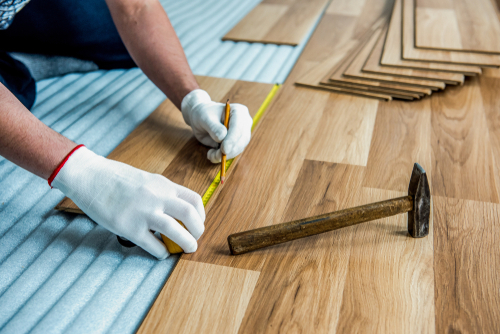
Everyone loves the look of hardwood floors, but those stick-on laminates or thin vinyl planks have been spotted a mile away. They scratch and peel almost immediately, making buyers skeptical. People are learning that quality flooring is worth the investment, so shortcuts get noticed fast. If you’re flipping a home, invest in durable floors that actually hold up.
Cheap flooring isn’t just a cosmetic issue—it impacts the perceived value of the entire home. Buyers often think, “If they skimped here, what else did they cut corners on?” A well-installed laminate can work, but cheap peel-and-stick options just don’t pass the sniff test anymore. Modern buyers have plenty of resources to compare materials, so the shortcut is transparent.
2. Over-the-Top Staging

Staging can make a space feel welcoming, but when every room looks like a showroom, it backfires. Giant sectional sofas in tiny living rooms or themed decor everywhere can feel fake. Buyers are increasingly savvy; they want to imagine themselves living in the space, not in a catalog photo. Subtlety is now key in home staging.
Overdoing furniture or decor can also make spaces feel smaller or cluttered. Instead of hiding flaws with massive props, highlight the home’s best features naturally. Neutral palettes, simple furniture, and real-life touches make spaces feel lived-in yet appealing. Buyers are rejecting the “Pinterest perfection” look in favor of authenticity.
3. Cabinet Refacing That Shows Its Age
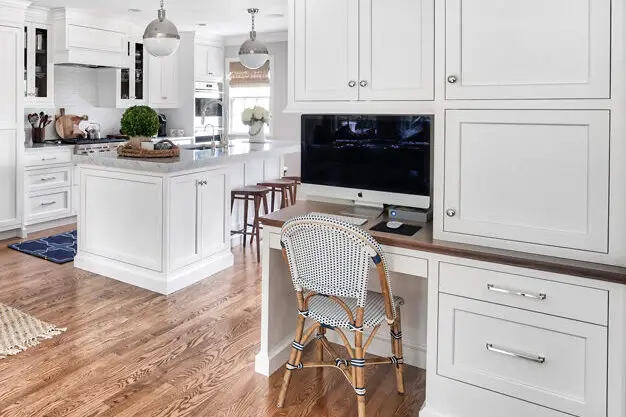
Slapping a fresh coat of paint on old cabinets used to fool people, but not anymore. Peeling paint, uneven surfaces, or outdated hardware gives away the cheap work. Buyers now expect either a professional update or full replacement for high-traffic areas like kitchens. Half-measures on cabinets scream shortcuts.
Cabinet work is one of the first things buyers check for quality. Even if the rest of the house is pristine, shoddy cabinet work undermines confidence. People have gotten good at opening doors and checking for durability. Spending a little more on long-lasting materials pays off in trust and resale value.
4. Fake Stone or Brick Facades
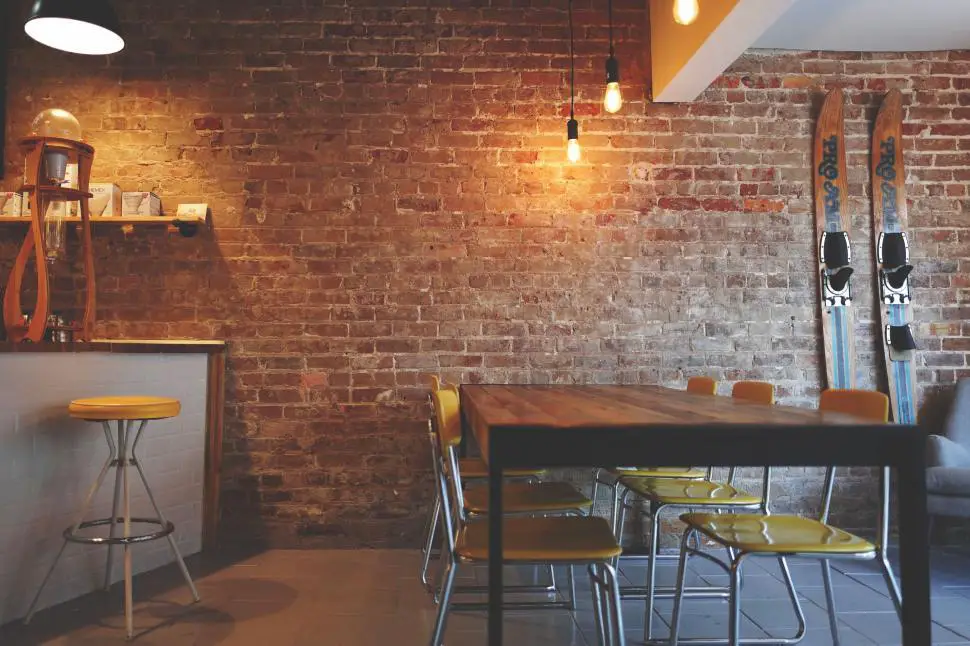
Installing thin veneer panels that look like stone or brick was once trendy, but buyers spot it instantly. Seams, repetitive patterns, or cheap adhesives betray the illusion. Homeowners now prioritize authenticity and craftsmanship over quick fixes. Faux finishes are no longer the clever trick they used to be.
Exterior updates are meant to boost curb appeal, but corners cut here are painfully obvious. A real stone accent or high-quality siding makes the home feel solid and permanent. Anything that feels plastic or temporary lowers perceived value. Buyers are learning that “instant curb appeal” can be misleading.
5. Generic “Spa Bathrooms”

Everyone wants a spa-inspired bathroom, but throwing in pebble mats, scented candles, and a rainbow of towels isn’t enough anymore. Buyers now look for functional upgrades like proper lighting, quality fixtures, and a clean layout. Overly generic décor can make a bathroom feel staged rather than functional. Real value comes from usability, not just aesthetics.
A bathroom isn’t just about looking good—it’s about performance. Cheap faucets, grout issues, or poorly installed vanities scream cost-cutting. Buyers are savvy enough to peek under the surface, literally. Investing in quality materials and a thoughtful layout wins more trust than cosmetic tricks.
6. Window Treatments That Hide More Than They Help

Heavy drapes or layers of blinds used to disguise cheap windows or poor natural light. Today, buyers often want to see what’s really there: quality frames, clear glass, and good lighting. Covering flaws with curtains is increasingly transparent. Simple, clean treatments are the better approach.
Natural light has become a huge selling point. When windows are hidden behind layers of fabric, buyers assume there’s something to hide. Investing in energy-efficient windows or keeping them clear gives a home a modern, open feel. It’s one of the subtle areas where honesty pays off.
7. Fake Landscaping That Ages Fast
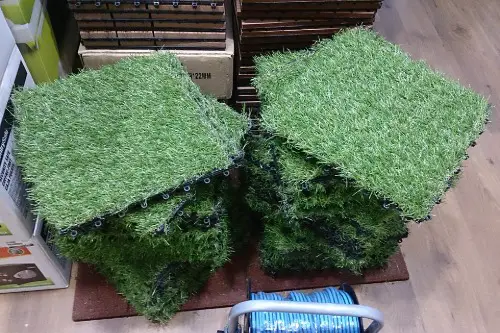
Artificial turf, plastic plants, and over-mulched beds were once popular shortcuts for curb appeal. Buyers quickly notice when plants look fake or dead after a season. Landscaping is no longer just decoration—it signals maintenance and care. Real, thriving greenery shows buyers the property has been properly maintained.
Planting native species or investing in low-maintenance shrubs makes a home feel lived-in but cared for. Buyers want confidence that the exterior isn’t going to require immediate work. Fake solutions just end up highlighting laziness rather than ingenuity. Long-lasting landscaping adds both charm and credibility.
8. Overly Glossy Paint Choices
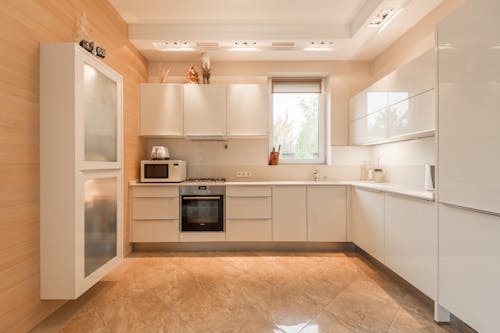
High-gloss paint used to make walls “pop,” but today it often signals inexperience. It highlights imperfections, streaks, and patchwork instead of hiding them. Neutral, well-chosen matte or eggshell finishes are now preferred. Buyers notice attention to detail in paint, so shortcuts are obvious.
Paint is one of the easiest ways to make a home feel fresh—if done right. Rushed or overly bright color choices can detract from the home’s best features. Subtlety helps rooms feel larger and more welcoming. Glossy overcompensation is no longer impressive.
9. Fake Appliances That Aren’t Functional
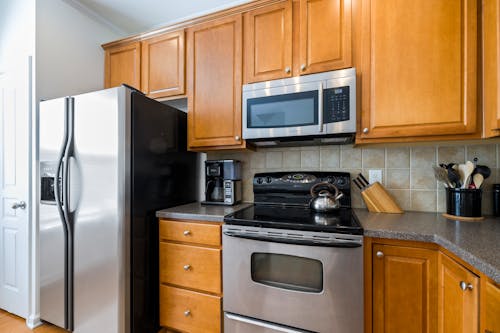
Staging kitchens with non-working or outdated appliances is a classic flip trick that rarely works anymore. Buyers now test everything or look for updated, energy-efficient models. A shiny but non-functional fridge won’t fool anyone, and it undermines trust. Functional upgrades show genuine investment.
People are spending more time in kitchens than ever. They want appliances that work and complement the space. If an appliance looks cheap or inconsistent, it raises questions about other hidden shortcuts. Spending a little extra here pays dividends in buyer confidence.
10. Misleading Floor Plans or Walls

Removing walls or adding temporary dividers to make spaces appear larger used to work, but buyers notice structural shortcuts. Janky cuts, uneven floors, or odd angles scream “temporary fix.” Modern buyers often tour homes virtually first, so discrepancies get caught early. True renovations that improve flow are more trustworthy.
Open floor plans are popular, but they have to be done professionally. Half-hearted changes that compromise structure or design are obvious. A transparent layout that balances openness with functionality sells better. Buyers appreciate honesty in space planning.
11. Cheap Lighting Upgrades

Installing oversized chandeliers or flashy fixtures can look impressive but rarely hides poor electrical work or outdated wiring. Buyers now pay close attention to both style and function. Fixtures that don’t match the home’s scale or are poorly installed immediately raise red flags. Lighting upgrades need to blend style with safety.
Modern buyers often check light quality, dimmers, and efficiency. Over-the-top showpieces might impress initially, but they don’t last under scrutiny. Subtle, well-installed lighting improves perception without drawing attention to itself. Skipping quality for drama is no longer effective.
12. Paintable, But Unfinished Surfaces
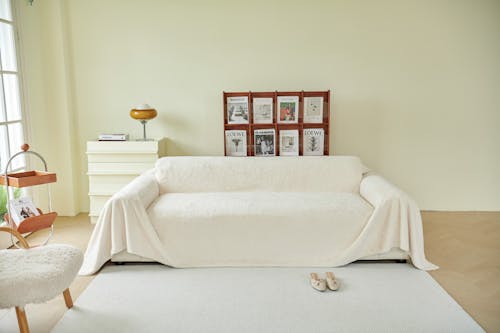
Leaving walls with cheap primer or textured paint that promises a “custom look” is a trick buyers see through instantly. Uneven texture, missed spots, and cheap materials are obvious to anyone who inspects closely. Buyers now expect finished, ready-to-move-in spaces. Half-finished work can feel like a liability rather than a value-add.
Investing in fully finished walls—even in neutral colors—creates immediate appeal. Buyers assume unfinished surfaces mean additional cost and effort down the line. Presenting a home as complete and polished instills confidence. In the modern flipping market, polish and completeness win over shortcuts.
This post 12 Home Flipping Tricks That Fool No One Anymore was first published on Greenhouse Black.
